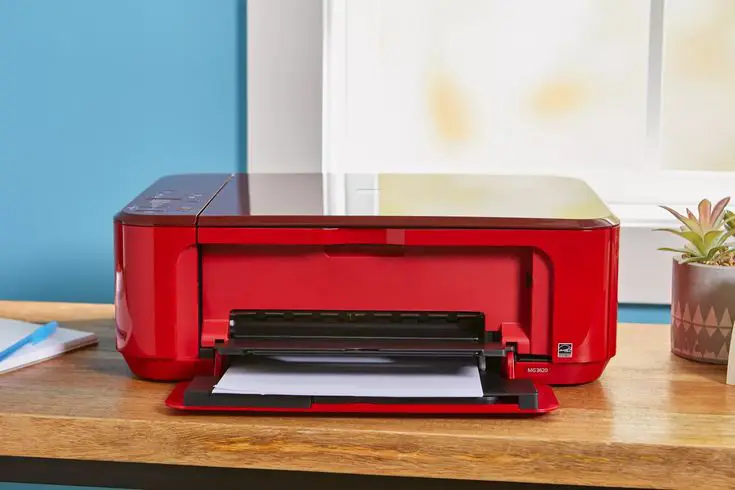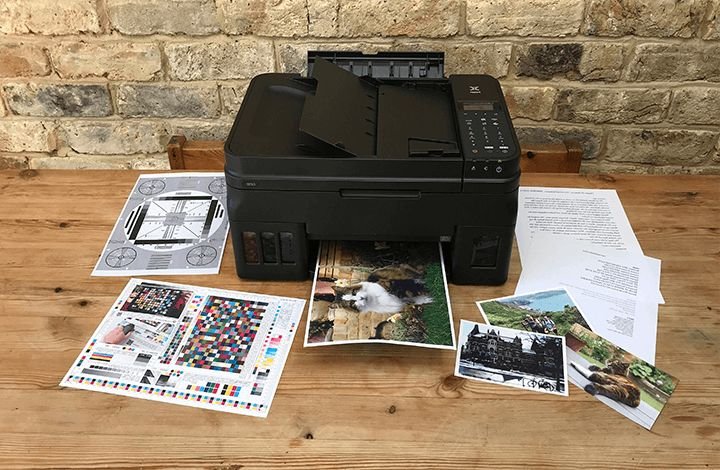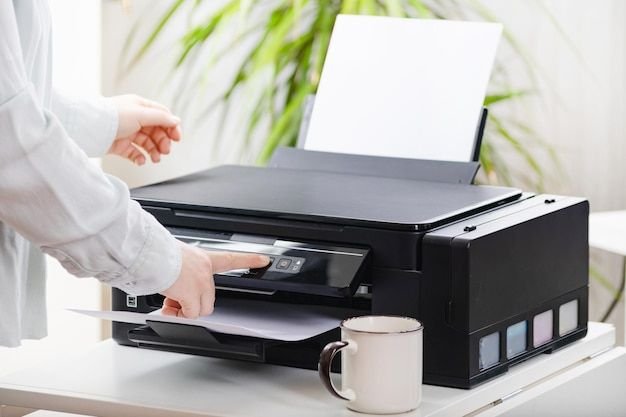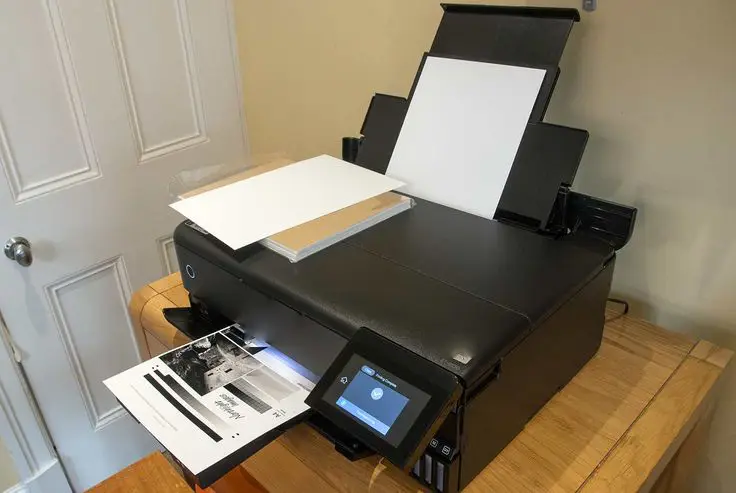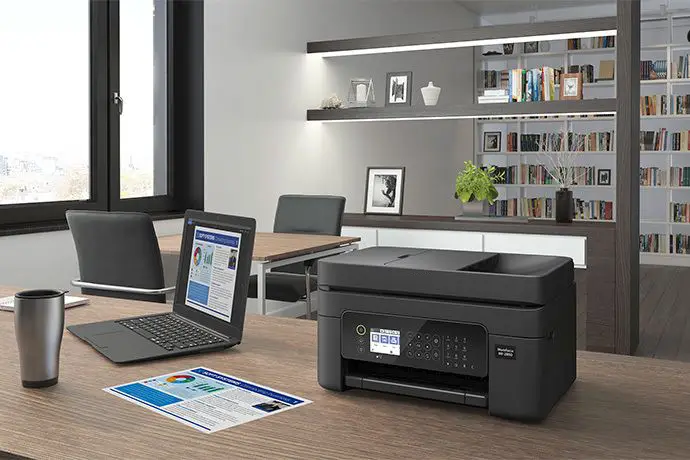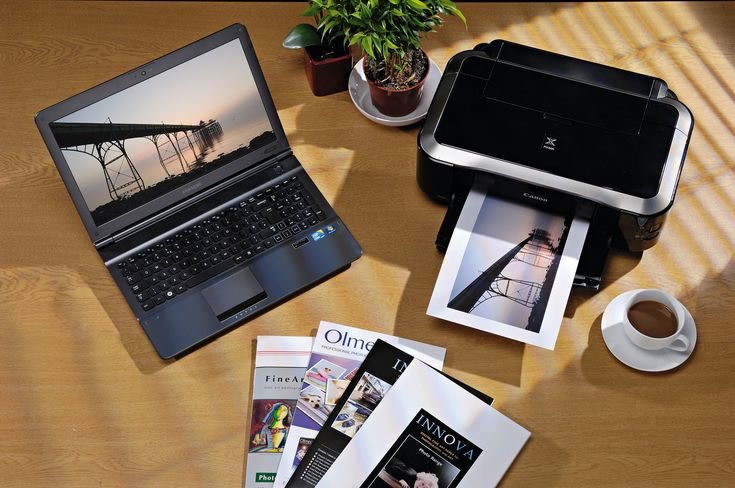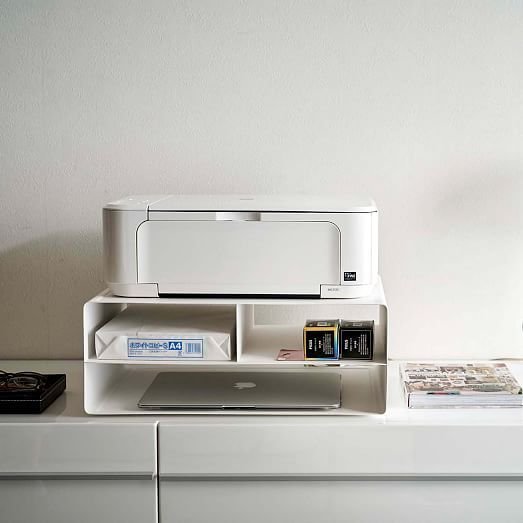Printhead issues are one of the main reasons your printer might produce poor-quality prints or stop printing altogether. The printhead is responsible for transferring ink onto the paper, so when it’s clogged or damaged, your prints suffer.
If you’re noticing streaks, missing colors, or faded prints, it’s likely a printhead problem. Here’s how to fix it quickly and safely.
Step 1: Run the Printer’s Cleaning Cycle
Most printers have a built-in cleaning function designed to clear clogged nozzles.
How to run it:
- Access your printer’s control panel or settings menu.
- Find the “Maintenance” or “Tools” section.
- Select “Clean Printhead” or “Head Cleaning.”
- Follow the prompts and wait for the process to finish.
You may need to repeat this cycle a couple of times for best results.
Step 2: Manually Clean the Printhead
If the automatic cleaning doesn’t fix the issue, manual cleaning might be necessary.
What you’ll need:
- Lint-free cloth or paper towel
- Distilled water or cleaning solution made for printheads
- Gloves (optional)
How to do it:
- Turn off the printer and unplug it.
- Remove the ink cartridges carefully.
- Locate the printhead (check your printer’s manual).
- Moisten the cloth with distilled water or cleaning solution.
- Gently wipe the printhead to remove dried ink.
- Allow it to dry completely before again add cartridges.
Step 3: Check for Printhead Alignment
Sometimes the printhead is out of alignment, causing print quality problems.
How to align it:
- Go to the printer’s maintenance menu.
- Select “Align Printhead” or similar.
- Follow the instructions to complete the process.
Step 4: Replace the Printhead (If Needed)
If cleaning and alignment don’t help, the printhead may be damaged. In this case, replacing it might be necessary.
Note: Not all printers allow easy printhead replacement, so check your model’s instructions or seek professional help.
Final Thoughts
Fixing printhead problems can greatly improve your print quality and save you from wasting ink and paper. Start with cleaning and alignment, and only consider replacement if necessary.
